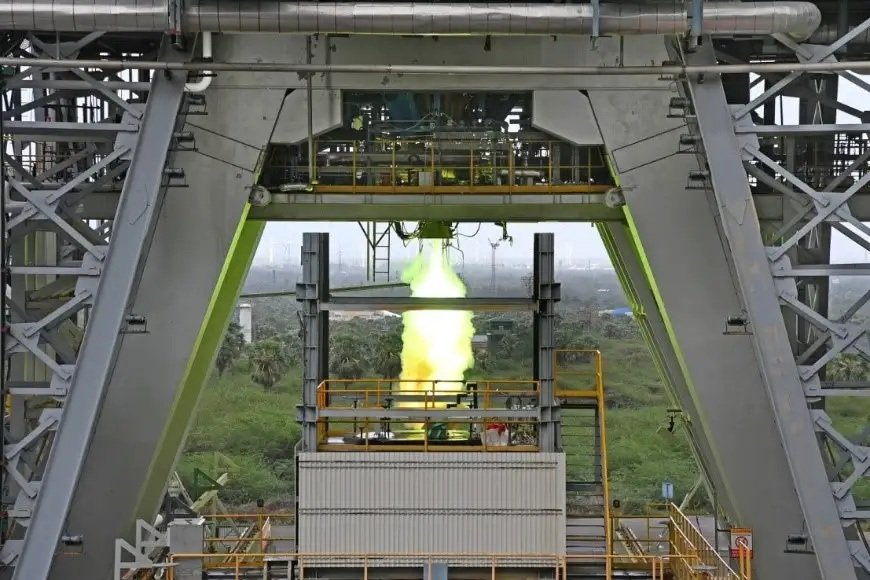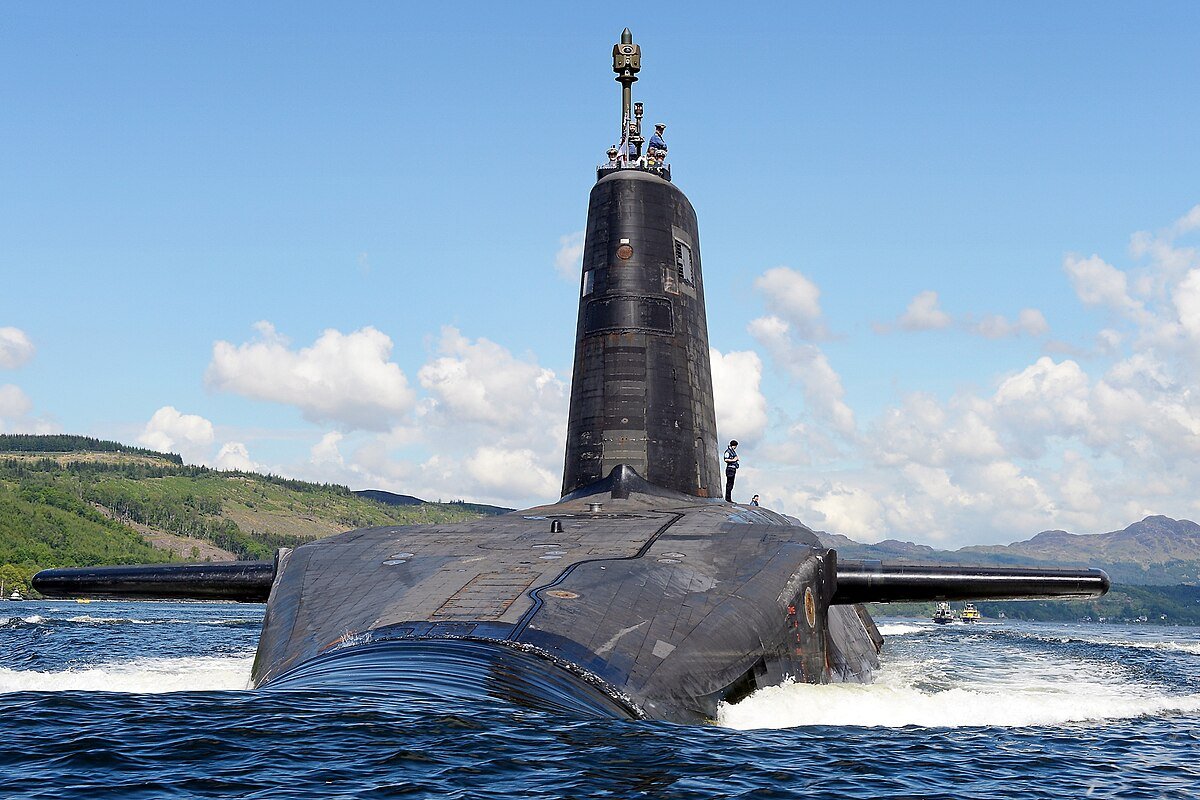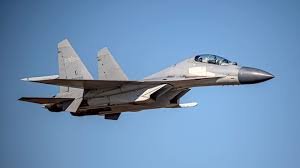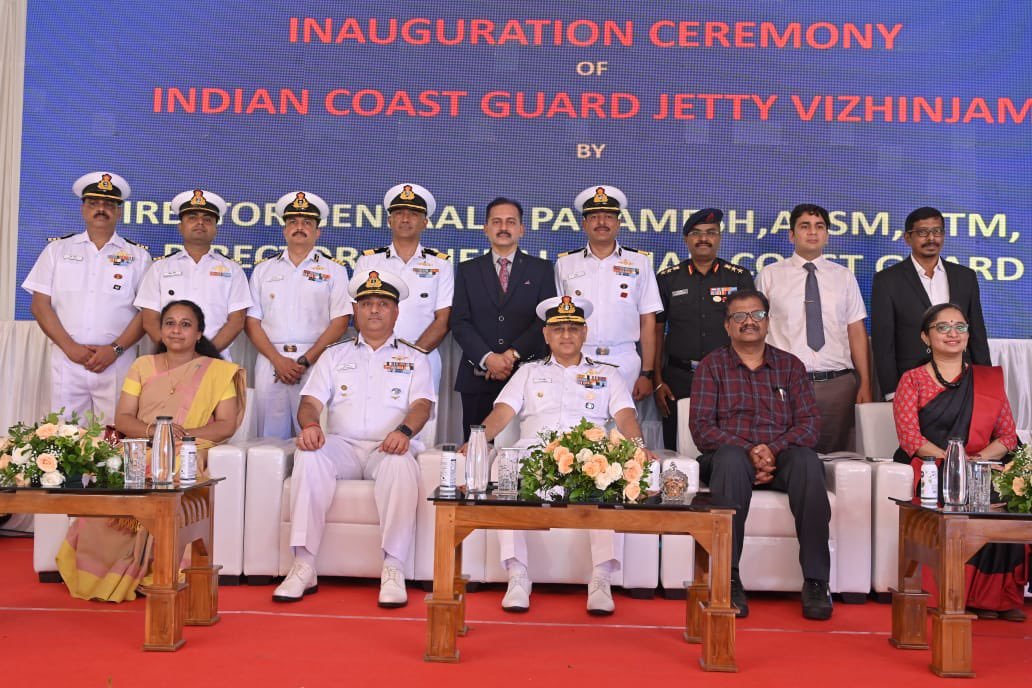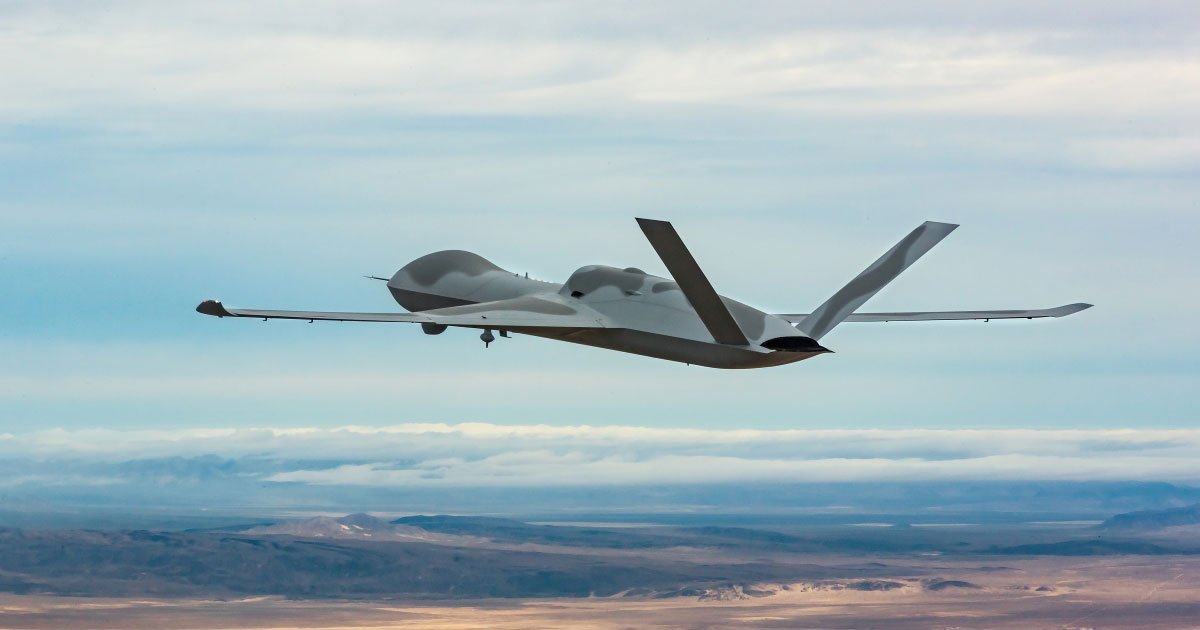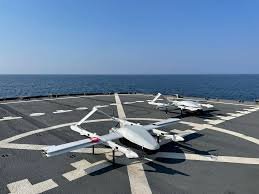ISRO successfully conducts third hot test of Semi-Cryogenic engine power head
June 4, 2025 | Wednesday | News
This was the third in a series of performance evaluation tests initiated by ISRO in March 2025 to validate the design and operational robustness of the propellant feed system
In a major step forward for India’s next-generation launch vehicle capabilities, the Indian Space Research Organisation (ISRO) successfully conducted the third hot test of its Semi-Cryogenic Engine Power Head Test Article (PHTA). The test took place at the ISRO Propulsion Complex (IPRC) in Mahendragiri, Tamil Nadu, and validated critical elements of the engine’s ignition and startup sequence.
The PHTA comprises all systems of the semi-cryogenic engine except the thrust chamber, including the pre-burner, low- and high-pressure turbo pumps, start system, and control components. During the latest test, the engine was successfully ignited and operated up to 60 per cent of its rated power level, demonstrating stable and controlled performance throughout the 3-second firing.
This was the third in a series of performance evaluation tests initiated by ISRO in March 2025 to validate the design and operational robustness of the propellant feed system.
The first test, conducted on March 28, 2025, focused on smooth ignition and bootstrap operation over a brief duration of 2.5 seconds.
The second hot test, on April 24, 2025, demonstrated start transient buildup and tested the startup sequence with a 3.5-second firing.
The third test, conducted on May 28, further fine-tuned the ignition and startup procedures for the integrated engine.
The Semi-Cryogenic Propulsion Stage (SC120), powered by the 2000 kN-class SE2000 engine, is being developed by ISRO’s Liquid Propulsion Systems Centre (LPSC). This new stage is set to replace the existing L110 liquid core stage of the LVM3 launch vehicle, enhancing its payload capacity from 4 to 5 tonnes in Geosynchronous Transfer Orbit (GTO).
The SE2000 engine utilises non-toxic, non-hazardous propellants—Liquid Oxygen and Kerosene, offering improved performance over existing propulsion systems. The engine is based on a complex oxidiser-rich staged combustion cycle and operates at a high chamber pressure of 180 bar, with propellant feed pressures reaching up to 600 bar and a specific impulse of 335 seconds.
Developing such a high-thrust semi-cryogenic engine is a significant technological challenge, and only a handful of nations possess comparable capabilities. The engine's components, including advanced turbo pumps and control systems, are designed using special high-temperature-resistant materials, with critical hardware and space-grade kerosene produced in collaboration with Indian industry partners.
With this successful series of tests, ISRO is moving steadily toward integrating semi-cryogenic propulsion into its LVM3 launch vehicle and future heavy-lift missions, positioning India at the forefront of space launch technology.



